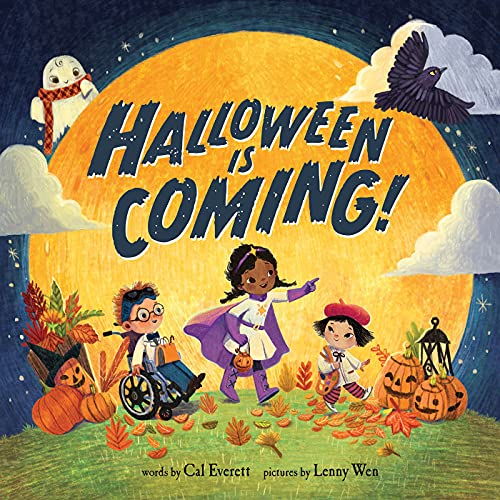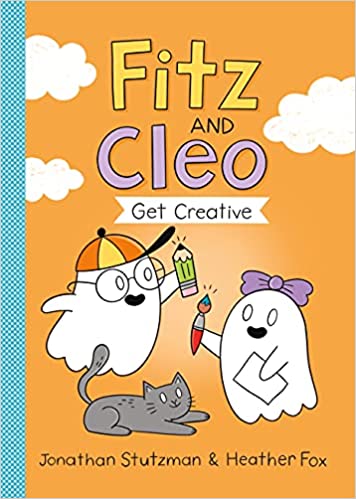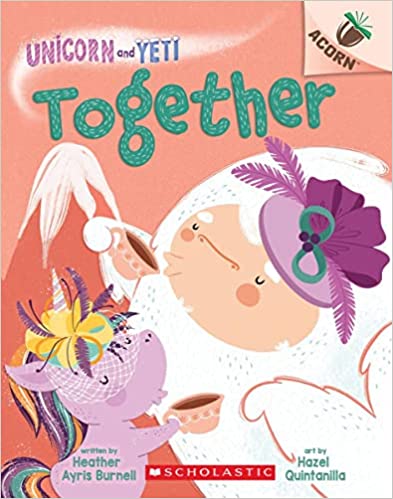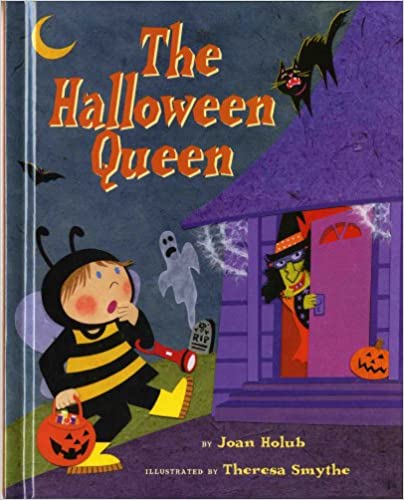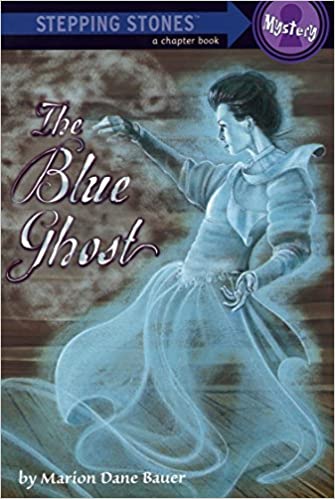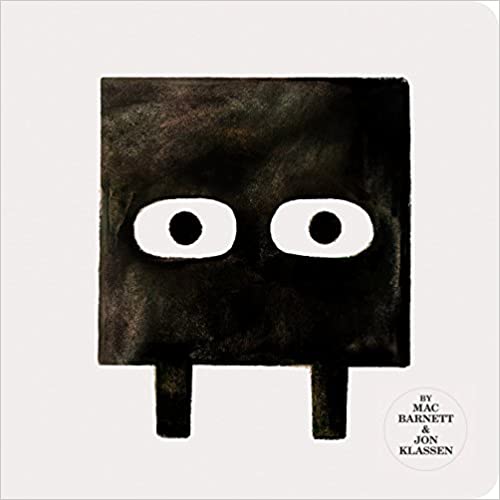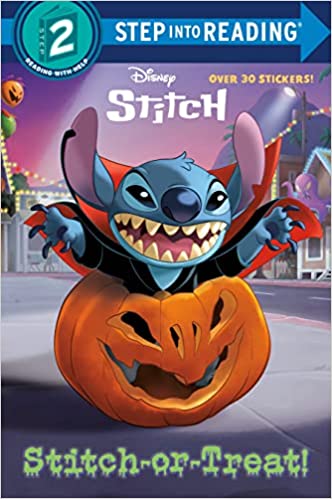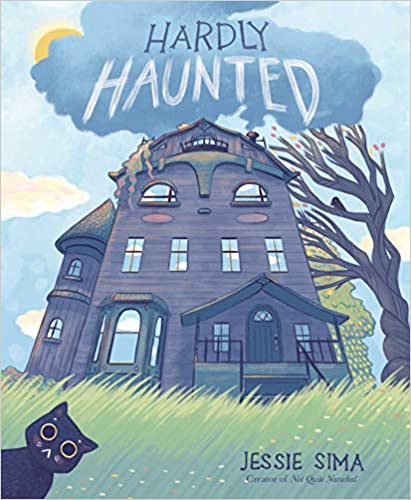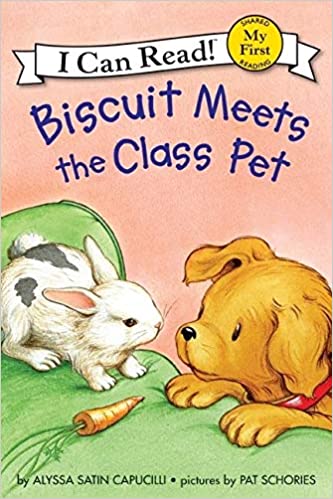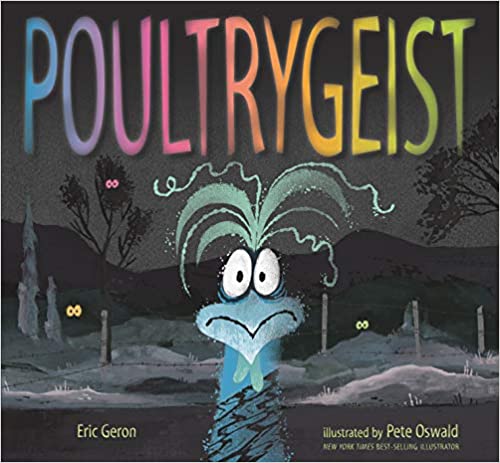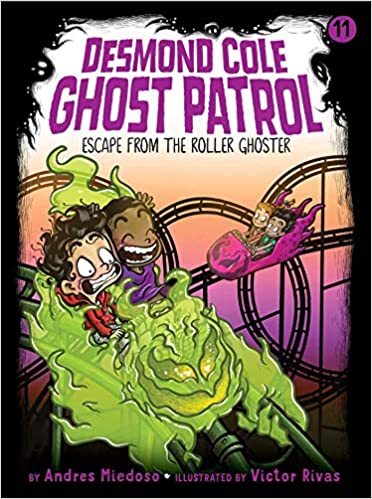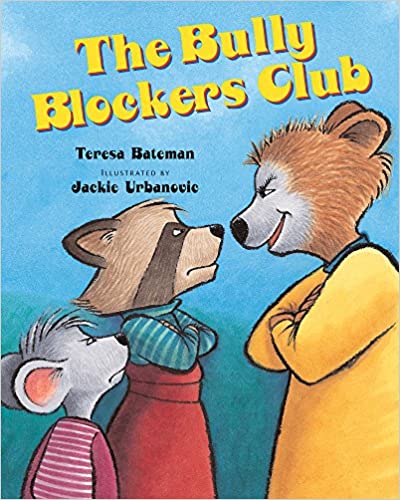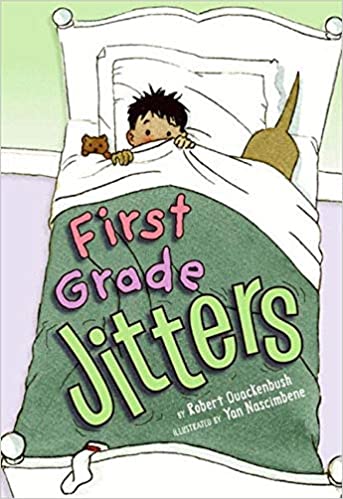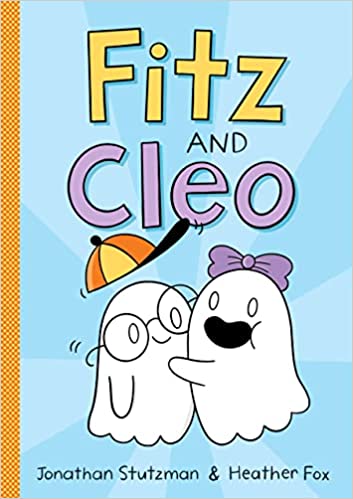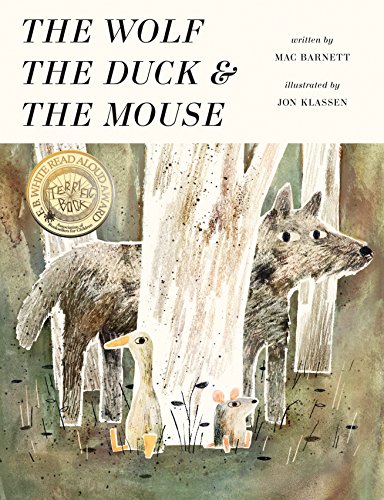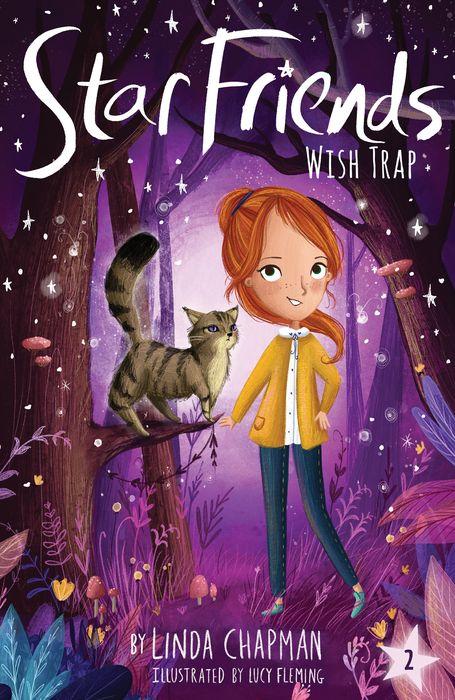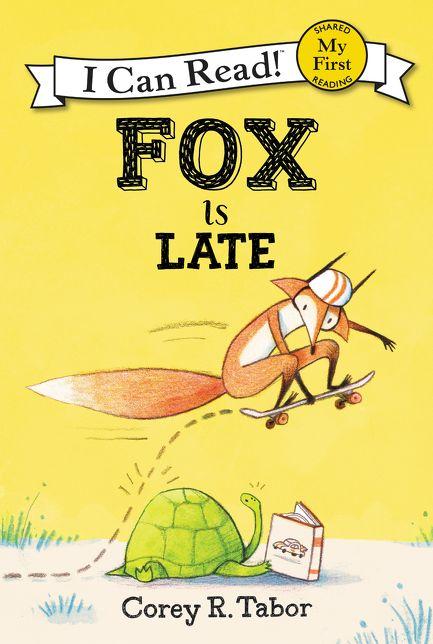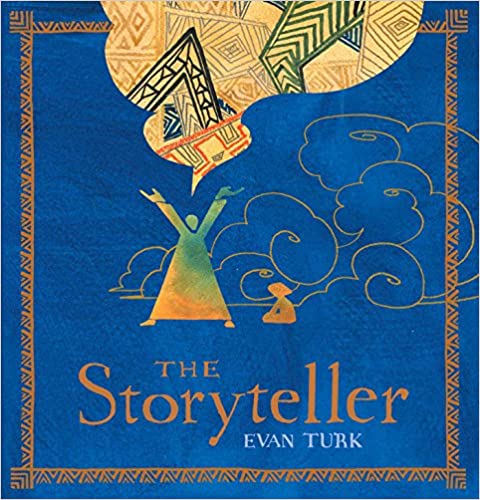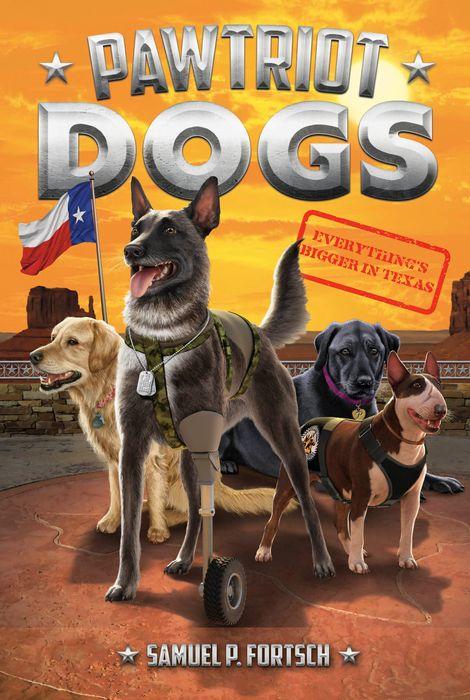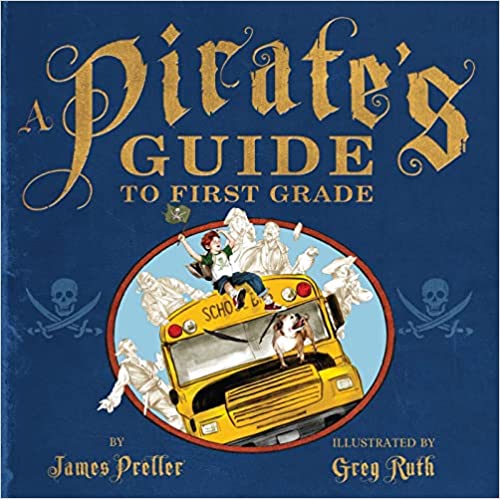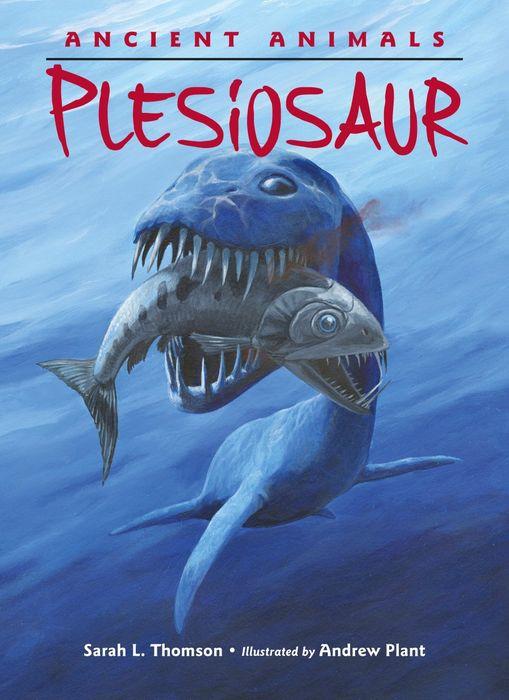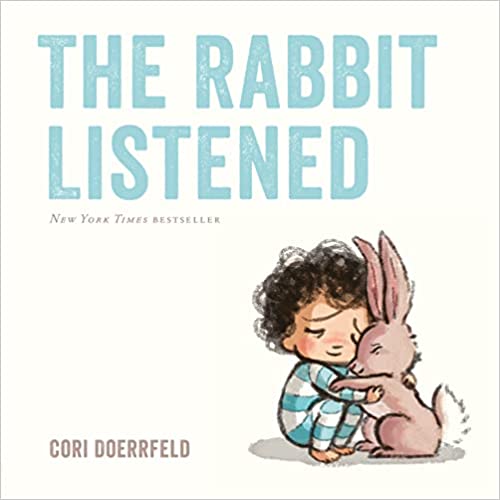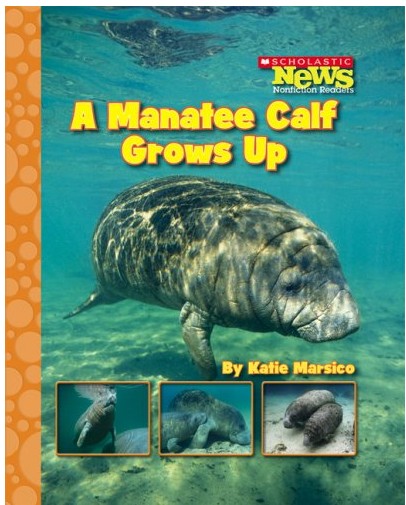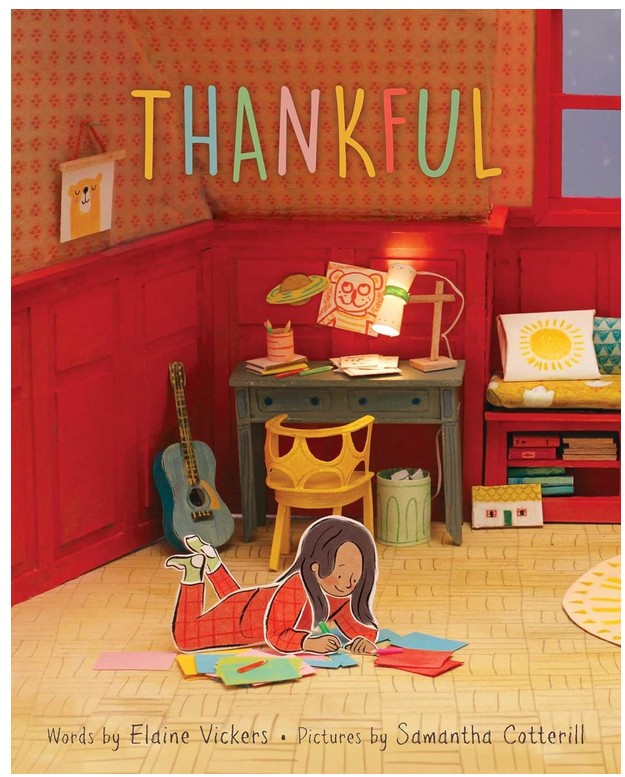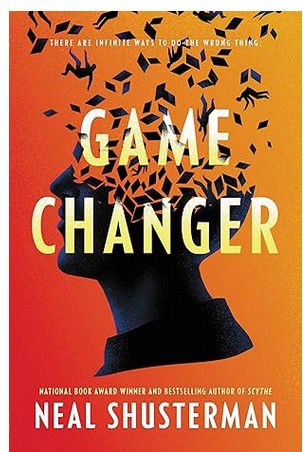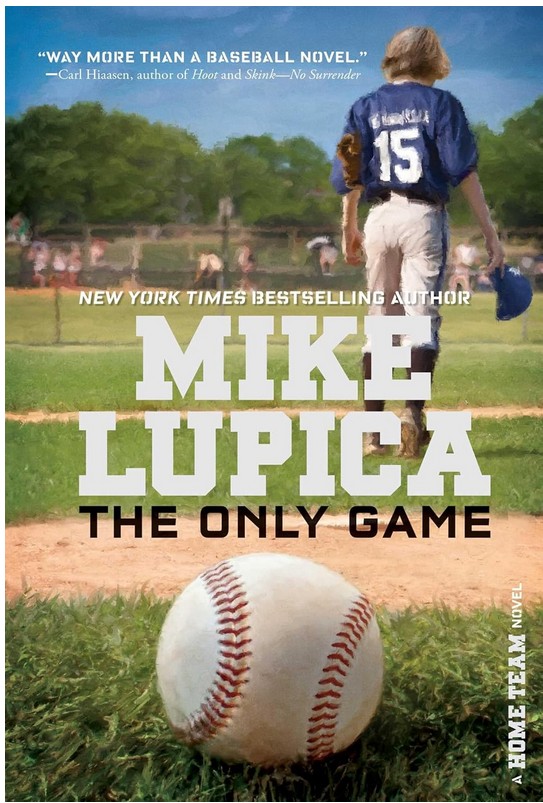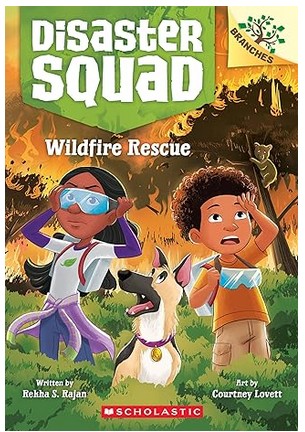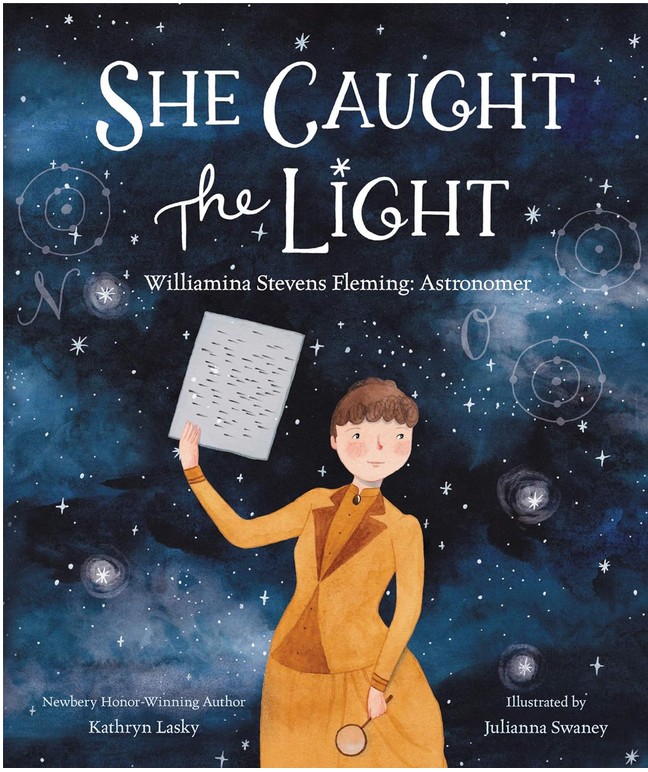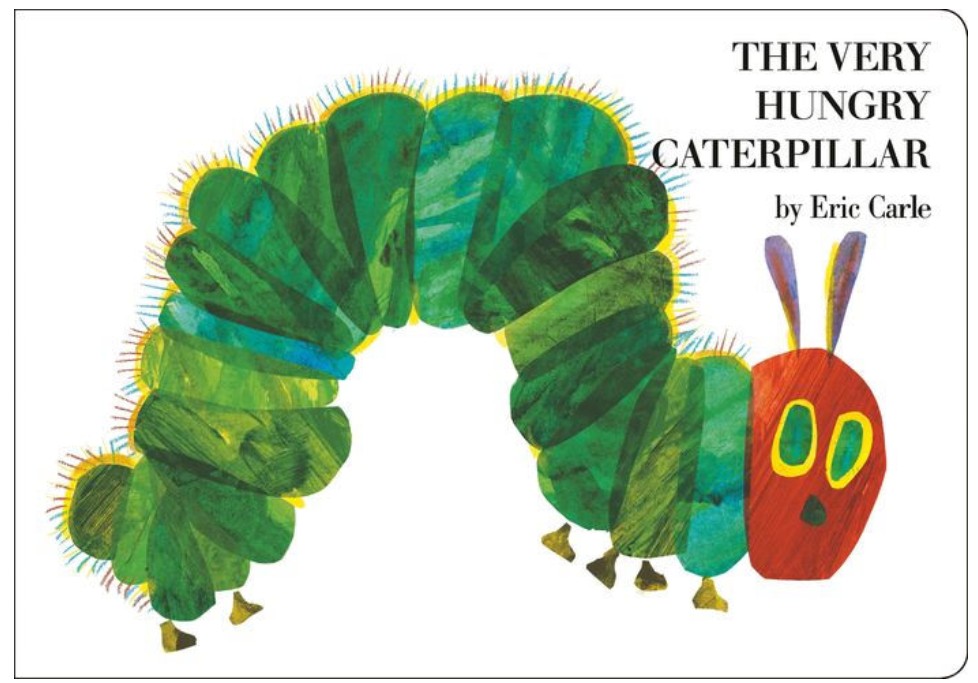Join former US Army rescue dog sergeant, “Rico” Ricochet, and his fellow Pawtriots on this larger-than-life mission as they travel to Texas to rescue a litter of kidnapped puppies. While in Texas, they will have to fight the Seven Pooches Gang, a giant spider, and a flash flood. Is there anyone they can trust in the Lone Star State?
Young readers may be confused by the complicated plot. For example, in order to save her puppies, Daisy lies to the Pawtriot dogs. When they discover Daisy’s lie, Daisy says she didn’t have a choice. The group is upset over the lie and Smither the snake says, “Everyone hasss a choice, you chosss to lie.” However, Rico stands up for Daisy by saying, “The end justifies the means.” While Rico encourages the others to forgive Daisy, he downplays Daisy’s responsibility for leading the group into danger.
The first book in the series, Save the Sanctuary, reinforces Army values in a clear manner. However, Everything’s Bigger in Texas’s message is more complex and may be confusing. For example, when the Pawtriot dogs are in a situation that looks hopeless, Rico thinks “false motivation is better than no motivation.” In addition, Dagr, the leader of the Seven Pooches Gang, runs away from danger. As he is leaving, he says, “Moral superiority doesn’t keep you alive.” While Rico never leaves his friends behind, the story doesn’t expand on Dagr’s comment.
Army sayings and terminology are used throughout the story. For example, when Rico needs the dogs to focus, he says, “‘Lock it up’ . . . That’s Army-talk for ‘be quiet.’” Each time an army word or phrase is introduced, Rico explains what it means. Plus, each chapter starts with the location, date, and military time which makes it easy to follow the timeline. Black and white illustrations appear every 1 to 6 pages and show the animals in action as well as some of the dangers they face including the ultra-big spider that may scare readers.
Even though Pawtriot Dogs is an illustrated chapter book, the story introduces some difficult concepts and explores revenge and body shaming. Revenge is Dagr’s main motivation for kidnapping Daisy’s puppies. Dagr wants to kill Chaps, but when Chaps dies Dagr wants to kill Chaps’ friends instead. One way or the other, the only way Dagr will be satisfied is when someone dies. The story also briefly introduces body shaming. Dagr makes fun of one of the dogs, calling him “tubby pup.” But Rico stops the teasing because he “can’t stand for bullying—especially when it’s about another dog’s body.”
Rico and the Pawtriot dogs face dangers with courage and work as a team in order to help Daisy. When the Pawtriot dogs disagree on helping Daisy, Rico reminds them, “But once you start taking the easy road, it’s almost impossible to ever take the hard one.” In the end, Daisy and her puppies are saved; however, the story ends with a cliff-hanger that will have readers reaching for the next book in the series, Into the Storm.
Sexual Content
Violence
- Dagr & the Seven Pooches Gang kidnap Daisy’s puppies and hold them for ransom.
- While on a cargo plane, one of the dogs accidentally opens the cargo hold. The dogs grab hold of a crate that slides out of the plane. “We’re falling through the sky like a rock, hurtling toward the Earth and running out of time. . .I look below me and all I can see is water. It looks like we’re going to crash right into a river. . . We hit water—hard.” All the dogs survive. The scene is described over four pages.
- An army of armadillos throw cactus arrows at the dogs. Rico wants “to lead a counterattack, but we’re completely exposed. They’re closing in on us. . . I watch as the armadillos snarl with their mouths full of drool as they inch closer to us, just waiting to strike. . .” It turns out that the armadillos cornered Rico and his friends for Dagr and his gang. The scene is described over three pages.
- Dagr takes the Pawtriot dogs to an old mine shaft where he says a huge spider lives. Dagr says, “I watched three of my buddies get tangled up in a web faster than you could say ‘shoo fly, don’t bother me.’ And let me tell you, that nasty spider is bigger and badder then you could even imagine.”
- When Penny doesn’t believe Dagr, he “growls and launches at Penny, hitting her like a freight train and tackling her to the ground. . .” Dagr presses down on Penny, but eventually lets her go.
- The spider comes after the Pawtriot dogs. “The Pawtriots scatter sprinting away in different directions. . . the spider shoots its webbing—a jet stream of sticky liquid silk—at us.”
- Most of the Pawtriots escape the spider, but “the spider nails [Rico] with a shot of its web, sending me crashing down onto the catwalk below. . .I start crawling back up to safety on the second level.” The spider falls into the depths of the mine and the dogs survive. The scene is described over five pages.
- Dagr and his gang take Penny. When the Pawtriot dogs find her, they see Penny “who is in the middle of the room and chained to the floor along with Daisy’s three puppies.”
- Dagr and Rico fight. “Then I turn and charge at Dagr. Without hesitation, he snarls and charges at me. We both leap forward at each other and collide hard in midair. . .Dagr bites down on my ear.” As Dagr talks he “spits my blood out of his mouth.” In the end, Dagr runs away.
- A flash flood washes Dagr and the Seven Pooches Gang into the Gulf of Mexico. They are “floating on top of a small tree branch. There isn’t enough room for all of them, and they start fighting among themselves . . . they start falling into the muddy water, vanishing. . .” They all die.
Drugs and Alcohol
Language
- Dagr calls Rico a coward and a chicken.
Supernatural
Spiritual Content
